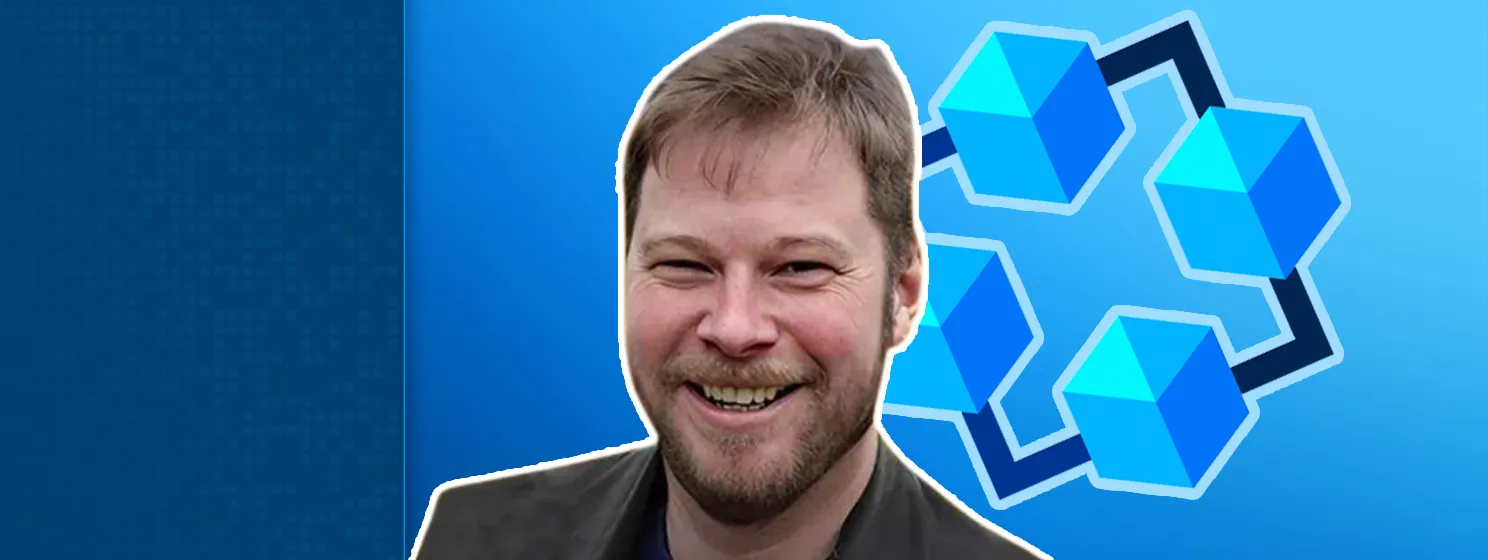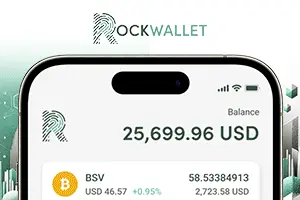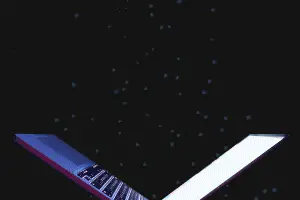|
Getting your Trinity Audio player ready...
|
On episode five of the CoinGeek Weekly Livestream, Bitcoin developer David Case joined Kurt Wuckert Jr to discuss BSV app development, tooling, Teranode progress, and more. Check it out via the link below.
Who is David Case?
Case is one of BSV’s most prolific developers. Wuckert introduces him, pointing out he has likely single-handedly put more transactions on BSV than anyone else. Case says that probably still stands, and he’s happy to work on something he has been obsessed with since he first discovered it.
What’s the best advice for app builders on BSV?
Case says that we must remember a Bitcoin transaction is a tool you can use to model anything. That’s a fundamental concept because it opens your mind to what this technology can be used for.
When specifically building an app, he advises devs to think about what they are trying to accomplish first. Tools and apps should always be designed with this goal in mind. How they take shape and are used is always relative to this goal.
Bitcoin stack and tooling
Wuckert points out how there are data tools, token indexers, and now overlay services. He asks Case to go over them and say what they’re best for.
Starting with data tools, Case highlights WhatsOnChain and JungleBus. They’re similar in the data collected but have unique features in presenting that data and the insights that can be derived from them. For example, WhatsOnChain allows transaction tagging, and JungleBus has customizable data pipelines.
Turning to overlay networks, Case says they get the transactions they process from specific external logic or rules. These rules could relate to users, apps, subscriptions, or anything else. Overlay networks don’t need to collect and process all transactions; they can also share them with other networks.
What would you like to fix if you had a magic wand and a billion dollars?
Wuckert often asks this question, and he gives Case a chance to answer it. Case responds that so many solutions are 80-90% done, and he’d like to see them completed and wired together.
Doing this would be a game-changer and allow for replacing many Web 2.0 tools and apps with Web 3.0 versions in an efficient, streamlined way. It would allow us to put everything together and unlock the full potential of the BSV blockchain.
On this point, Case highlights how Bitcoin is a canvas that allows people to do many things differently. There’s a fine line between standardization and the freedom to develop things with maximum flexibility.
Viewer’s questions answered
Wuckert opens the stream to viewers’ questions, which he and Case will answer between them.
Q. Isn’t Bitcoin an open-source project?
It is, although things like Teranode are implementations and come with license agreements. However, the public chain is open-source and has been since Bitcoin’s inception.
Q. Does the BSV Association ever stand in your way as a developer?
Case says the BSV Association (BSVA) started to become involved in the last 12-18 months. However, they’ve been supportive rather than standing in his way. They’re helpful and have funded multiple projects.
Q. How is Teranode progressing? When will it be live?
Wuckert answers this one. TAAL already mined a block on the main net, and Gorilla Pool and others are listening. Everyone is warming up before the race and eagerly anticipating the final checks. It’s better to be patient and sure it will be released without bugs and errors than to rush it.
To hear more about the problems with the lightning network, arguments against big blocks, and more about David Case’ legendary live streams, check out the livestream via this link.
Watch: Reviving the true value of blockchain—utility

 09-18-2025
09-18-2025 





